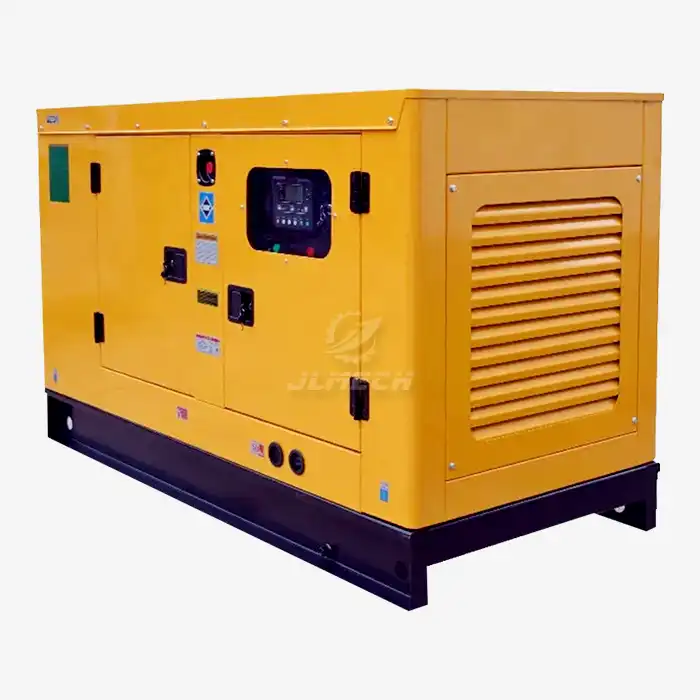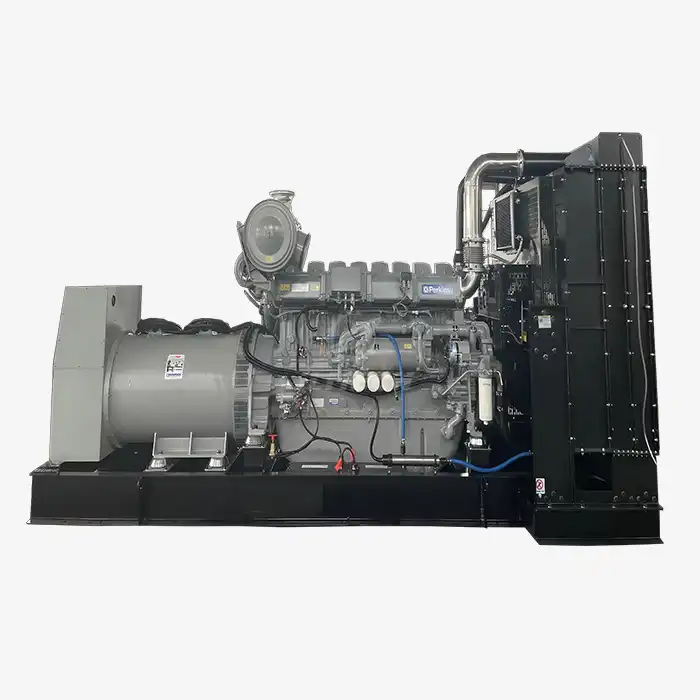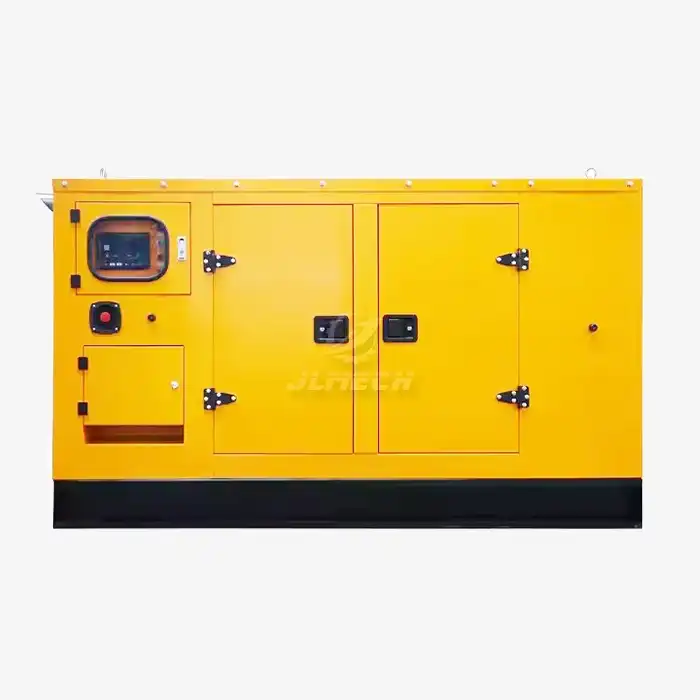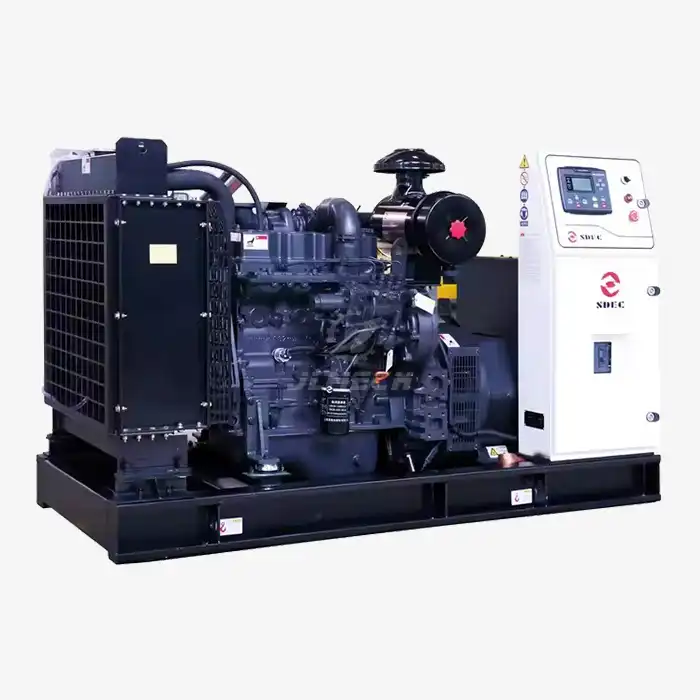What is the carbon footprint of a generator?
The carbon footprint of a generator refers to the total amount of greenhouse gas emissions produced throughout its lifecycle—from manufacturing and operation to maintenance and disposal. As global industries increasingly prioritize sustainability, understanding and reducing this footprint has become essential. It impacts not only the environment but also regulatory compliance and corporate reputation. At JLMECH, we believe that reliable power and environmental responsibility can—and must—go hand in hand.
A Lifecycle Perspective: From Fuel to Disposal
A generator’s carbon footprint encompasses several stages:
Manufacturing and Transportation: Emissions are generated during the extraction of raw materials, component production, and shipping. While often overlooked, this “embodied carbon” is part of the total environmental impact.
Operation: This is the most significant phase. Burning diesel fuel releases carbon dioxide (CO₂) directly. Additional generator emissions include nitrogen oxides (NOx), particulate matter (PM), and sulfur oxides (SOx), all contributing to environmental and health impacts.
Maintenance: Producing and transporting replacement parts such as filters and fluids, along with service travel, add indirect emissions.
End-of-Life: Recycling metals and responsibly disposing of hazardous materials like oils and batteries complete the lifecycle. Sustainable practices at this stage help minimize final environmental impact.

What Determines the Size of the Carbon Footprint?
Several factors directly influence the total emissions:
Fuel Efficiency: Generators with advanced engine systems—such as electronic controls and high-pressure injection—consume less fuel per unit of electricity produced, directly reducing CO₂ output.
Load Management: Operating a generator at 70–80% of its rated capacity optimizes combustion efficiency. Underloading leads to wasted fuel and higher generator emissions, while overloading increases stress and emissions.
Fuel Choices: Conventional diesel has a high carbon intensity. Alternative fuels like hydrotreated vegetable oil (HVO) can dramatically reduce net carbon emissions.
Technology and Emissions Standards: Modern generators compliant with Tier 4 or Stage V regulations incorporate advanced aftertreatment technologies that significantly lower harmful generator emissions.
Maintenance Practices: Regular servicing ensures optimal performance. Clogged filters or worn injectors increase fuel consumption and emissions.
Conclusion: Power Responsibly with Data-Driven Solutions
Every generator has a carbon footprint, but its size depends on the technology used, operational practices, and fuel choices. A proactive approach—combining modern equipment, mindful operation, and alternative fuels—can significantly reduce environmental impact without compromising performance.
At JLMECH, we combine deep expertise in power generation with a firm commitment to quality and innovation. We help clients navigate the complexities of carbon emissions while delivering reliable, efficient power solutions tailored to their needs.
Our team offers customized generator recommendations, fuel efficiency consultations, and support in transitioning to lower-carbon alternatives.
Reach out to us for a solution that balances power and planet. Email us at skala@whjlmech.com to learn more about our products and services designed to meet your operational and sustainability goals.
References
International Organization for Standardization. (2018). ISO 14067:2018 Greenhouse gases — Carbon footprint of products — Requirements and guidelines for quantification.
European Environment Agency. (2021). Annual European Union greenhouse gas inventory 1990–2019. EEA Report No 15/2020.
Johnson, M. (2022). Emergency Power Systems: A Comprehensive Guide to High-Speed Diesel Generators. Power Engineering Quarterly, 45(3), 78–92.
 VIEW MORELow noise diesel gen
VIEW MORELow noise diesel gen VIEW MOREWater-Cooled Silent Diesel Generator
VIEW MOREWater-Cooled Silent Diesel Generator VIEW MOREWater-Cooled System Diesel Generator
VIEW MOREWater-Cooled System Diesel Generator VIEW MOREdiesel generator breaker
VIEW MOREdiesel generator breaker VIEW MOREfuel consumption of diesel generator
VIEW MOREfuel consumption of diesel generator VIEW MOREpower plants diesel generator water cooled silent
VIEW MOREpower plants diesel generator water cooled silent VIEW MORE24kw 30kva silent diesel generator set
VIEW MORE24kw 30kva silent diesel generator set VIEW MOREshangchai diesel generator 50KW
VIEW MOREshangchai diesel generator 50KW



